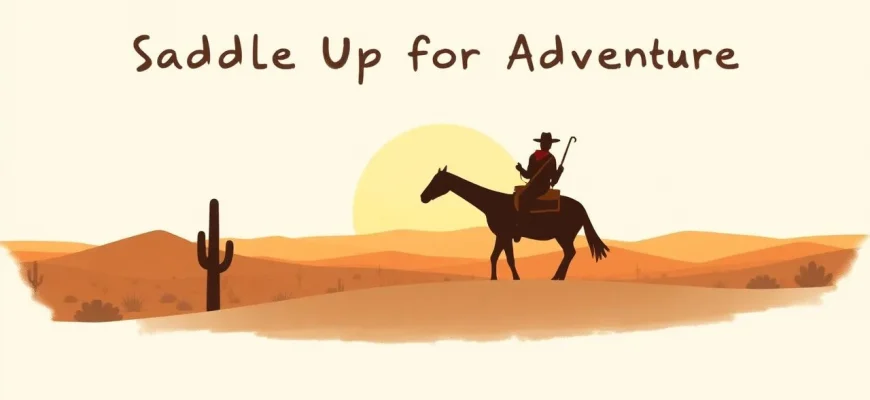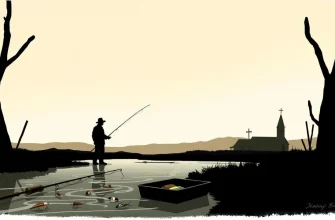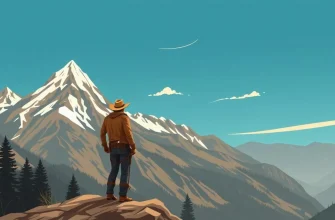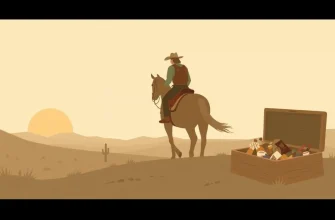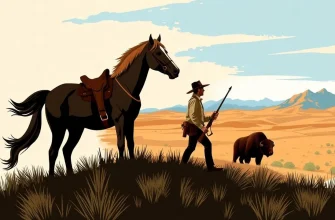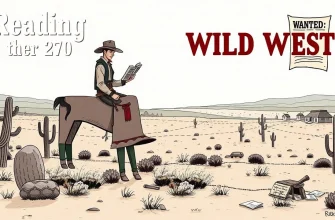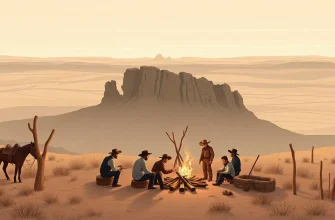Embark on a cinematic journey through the rugged landscapes of the American West with our curated list of 10 Western films that capture the spirit of adventure and travel. These films not only entertain with their tales of exploration and discovery but also offer a glimpse into the historical and cultural tapestry of the frontier era. Whether you're a fan of the genre or looking for a new adventure, these films promise to transport you to a time of untamed wilderness and boundless horizons.
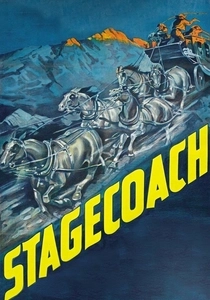
Stagecoach (1939)
Description: A diverse group of passengers travel through dangerous Apache territory on a stagecoach, each with their own reasons for the journey. This film is a classic example of a travel narrative in the Western genre, highlighting the interactions and conflicts among travelers.
Fact: This was John Wayne's breakout role, and the film helped to revive the Western genre during the late 1930s.
 Watch Now
Watch Now 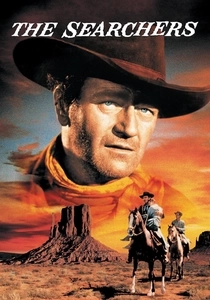
The Searchers (1956)
Description: John Wayne stars as Ethan Edwards, a man on a relentless quest to find his niece, kidnapped by Comanches, leading him on a journey across the unforgiving Texas landscape. This film is a quintessential Western travel narrative, showcasing the vastness of the American West and the personal odyssey of its characters.
Fact: The film was shot in Monument Valley, which has become synonymous with Westerns. John Ford, the director, used the location in several of his films.
 Watch Now
Watch Now 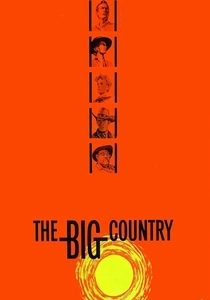
The Big Country (1958)
Description: A retired sea captain arrives in Texas to claim his inheritance but finds himself embroiled in a feud over land and water rights. His journey through the vast country tests his character and resolve.
Fact: The film features a score by Jerome Moross, which has become one of the most iconic in Western cinema.
 Watch Now
Watch Now 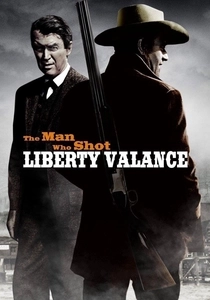
The Man Who Shot Liberty Valance (1962)
Description: Senator Ransom Stoddard returns to a small town to attend the funeral of a friend, recounting his journey from lawyer to legend, which involved a confrontation with the notorious outlaw Liberty Valance.
Fact: This film is often cited for its famous line, "When the legend becomes fact, print the legend."
 Watch Now
Watch Now 
The Ballad of Cable Hogue (1970)
Description: After being left to die in the desert, Cable Hogue finds water and builds a way station, turning his misfortune into a journey of redemption and self-discovery.
Fact: Sam Peckinpah directed this film, which is considered one of his more light-hearted works.
 Watch Now
Watch Now 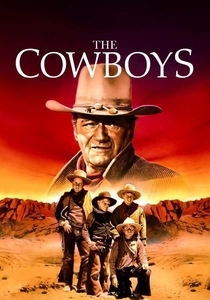
The Cowboys (1972)
Description: When his regular crew abandons him, a rancher hires schoolboys to drive his cattle to market, leading to a journey of growth, danger, and unexpected heroism.
Fact: John Wayne's performance in this film was one of his last, showcasing his ability to portray both toughness and tenderness.
 Watch Now
Watch Now 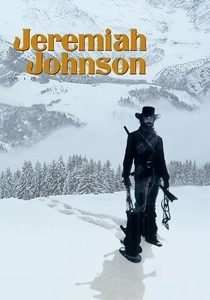
Jeremiah Johnson (1972)
Description: Robert Redford plays a mountain man who seeks solitude in the Rockies but finds himself drawn into the lives of the people he meets along his journey. This film is a meditative exploration of travel, solitude, and the wilderness.
Fact: The film was shot on location in Utah, providing stunning visuals of the American wilderness.
 Watch Now
Watch Now 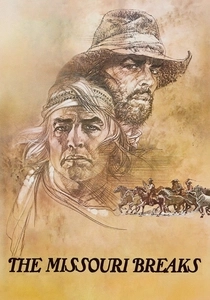
The Missouri Breaks (1976)
Description: A cattle rustler and a hired gun travel through the Missouri River Breaks, engaging in a cat-and-mouse game that spans the rugged terrain. The film captures the tension and beauty of the American frontier.
Fact: This was one of the last films for both Marlon Brando and Jack Nicholson, showcasing their legendary acting prowess.
 Watch Now
Watch Now 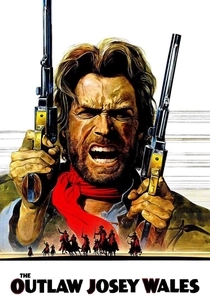
The Outlaw Josey Wales (1976)
Description: After his family is murdered by Union soldiers, Josey Wales becomes an outlaw, traveling through the West, gathering a band of misfits, and seeking vengeance. The film captures the essence of a man's journey through a changing landscape, both physically and emotionally.
Fact: Clint Eastwood directed and starred in this film, which was one of his first directorial efforts.
 Watch Now
Watch Now 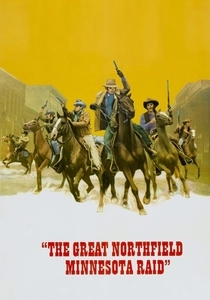
The Great Northfield Minnesota Raid (1972)
Description: This film follows the James-Younger Gang as they plan and execute a bank robbery in Northfield, Minnesota, leading to a dramatic escape and chase through the Midwest.
Fact: The film attempts to portray the historical events with a degree of accuracy, focusing on the gang's decline.
 30 Days Free
30 Days Free 
